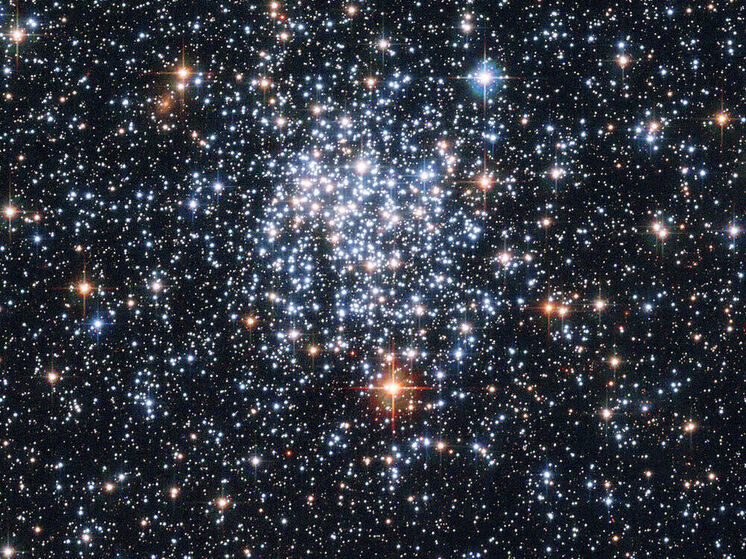Russian astronomers have recorded the appearance of a new star in the constellation Serpens

Russian scientists have discovered an object in the constellation Serpens, named V691 Serpentis
A bright star point has flared up in the sky again. Russian scientists have discovered an object in the constellation Serpens, named V691 Serpentis, and shared the result with the Central Bureau of Astronomical Telegrams. This event was the result of the joint efforts of several teams of astronomers, including employees of the P.K. Sternberg State Astronomical Institute (GAISh) of Moscow State University.

test banner under the title image
The star, which at the time of the search had a magnitude of 12 (a measure of the brightness of a celestial body - the higher, the dimmer), was discovered thanks to the automated New Milky Way survey at the Astroverty astrofarm located in Nizhny Arkhyz, Karachay-Cherkessia. Observations within the framework of this project, aimed at regular study of the entire visible part of the Milky Way, are conducted every clear night. They allow objects up to the 14th magnitude to be recorded at night. For 48 hours before the discovery, the new object was not noticed in the observed part of the sky, which indicates its sudden and bright outburst.
A deep analysis using spectroscopic equipment, conducted on the 2.5-meter telescope of the Caucasus Mountain Observatory, confirmed that the detected object is a flash of a classical nova. This is a phenomenon in which a powerful thermonuclear explosion occurs on the surface of a white dwarf (the remnant of an ancient star).
These remnants, which are essentially the core of the original bright star, accumulate hydrogen matter from the satellite after completing their cycle. When the amount of this matter reaches a critical mass, a catastrophic nuclear explosion occurs, as a result of which the brightness of the system increases hundreds of times in a matter of days or weeks. During this period, the "burned out" star again turns into a "living" one, and active thermonuclear reactions continue in it. This provides a significant jump in the brightness of the system, which often becomes accessible for observation even with a simple pair of binoculars or a compact telescope. You should look for a new star on the border of the triangle of the constellations Serpens, Scutum and Aquila in the evening hours, when a bright flash stands out well in the night sky.
The discovered star is the second one this year recorded by Russian specialists. The first was V7993 Sagittarii, registered in 2025. In each individual year, the Galaxy experiences approximately ten such outbursts, which significantly expands our knowledge of the ways in which stellar activity can manifest itself brightly.
According to Kirill Sokolovsky, the leading programmer of the Department of Galaxy and Variable Stars Studies at the SAI MSU, the discovery of the new star was the result of many years of painstaking work by scientists to continuously monitor the state of the sky. The scientific group used modern automated systems for searching for unstable objects in motion.

mk.ru






